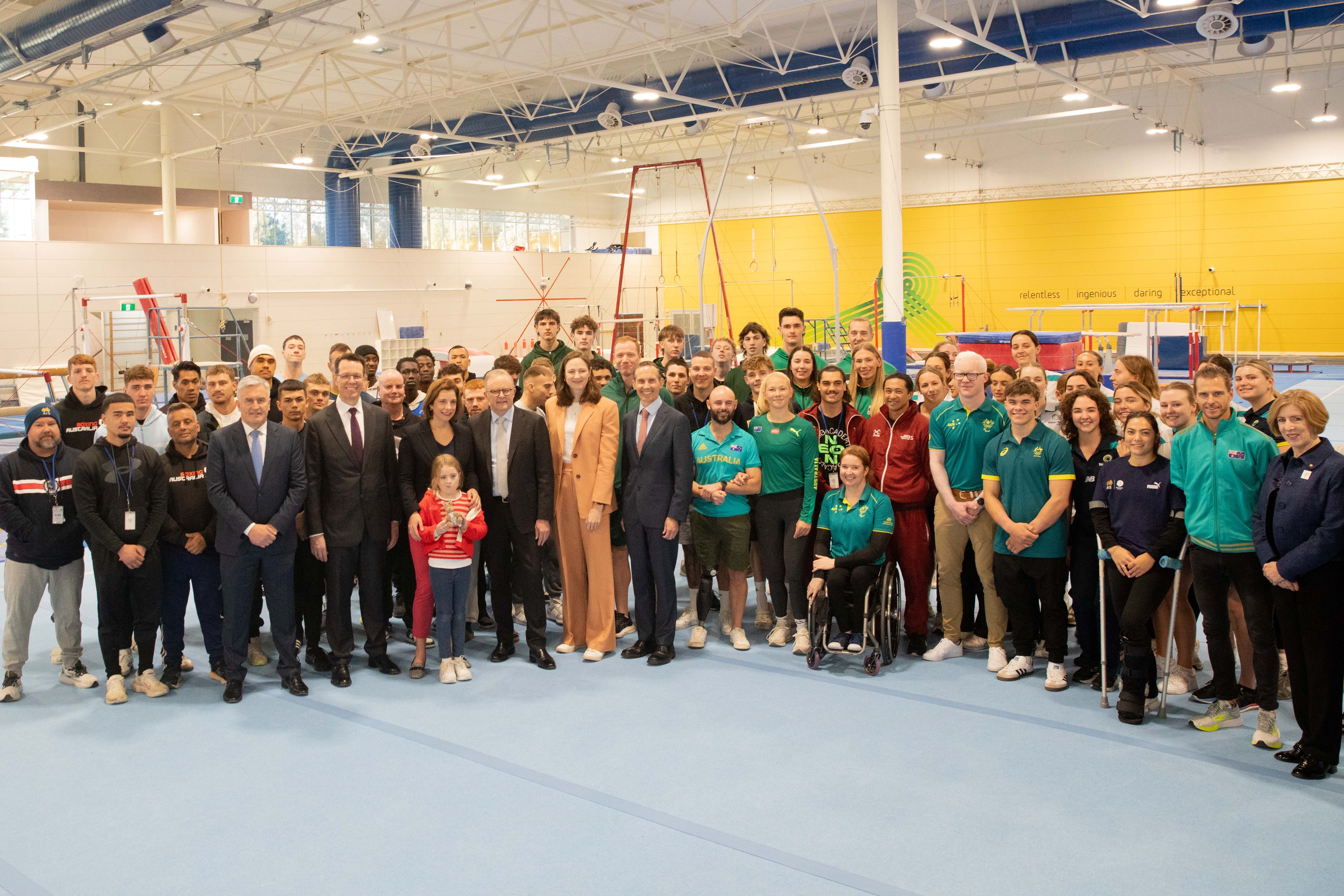Qantas has today announced new investment in its DeHavilland Dash 8 turboprop fleet as part of its ongoing commitment to keeping regional Australia connected.
The national carrier will acquire 14 additional mid-life Dash 8-400 aircraft (Q400), with 19 smaller Q200 and Q300 turboprop aircraft to be gradually phased out of the fleet.
The first aircraft will join the QantasLink fleet by the end of calendar year 2024.
Q400 aircraft are more than 30 per cent faster than the Q200 and Q300 aircraft, saving customers time travelling to and from regional destinations. The younger fleet will also help improve operational reliability.
This investment will bring the number of Q400 aircraft in the fleet to 45, with the consolidation of three sub-fleets into a single fleet of turboprops providing further scale benefits and efficiencies for QantasLink, including lower maintenance and operating costs. At the completion of the fleet changes, there will be no material change to QantasLink’s overall turboprop capacity.
Qantas Group CEO Vanessa Hudson said the turboprop renewal program was part of the airline’s ongoing commitment to serve regional Australia.
“As the national carrier, we are proud of the role we have played for more than 100 years keeping regional communities connected, and this investment ensures there will be ongoing reliable air services across many parts of regional Australia,” said Ms Hudson.
“QantasLink turboprops carry more than 3.5 million customers to more than 50 destinations around regional Australia every year, and these next-generation aircraft allow us to improve the travel experience with a faster and more comfortable experience.
“By consolidating our turboprops into a single fleet type, we’ll be able to further improve our reliability and provide a better recovery for our customers during disruptions as well as reducing complexity and cost for our operation.
“We know sustainable travel is important for our customers. These additional Q400s allow us to provide certainty to the regions over the next decade while we work with aircraft manufacturers and other suppliers on electric or battery powered aircraft that are the right size and range for our network.”
This investment comes as the Qantas Group progresses its broader jet fleet renewal program, with QantasLink’s third Airbus A220 aircraft to be delivered in the coming weeks.
The net investment in the fleet will be predominantly spread across FY25 and FY26 with the majority in FY25. The investment in FY25 will be managed within existing net capex guidance of $3.7bn to $3.9bn.
Qantas supports regional Australia through a range of initiatives, including:
- Regional Grants program is providing $10 million in grants over five years – $2 million each year – to support not-for-profit community groups and projects directly benefitting regional Australia.
- Resident fares program which offers year-round discounts for residents in 16 regional and remote towns to make air travel more accessible.
Facts on Q400 aircraft:
- QantasLink currently has 31 Q400s in its fleet, which will increase to 45 following the new investment.
- The 14 new Q400s will have 78 seats (four more than the existing Q400s) compared to 50 seats on the Q300s and 36 seats on the Q200s.
- Q400s produce less carbon emissions per passenger than the Q300s.
- The additional aircraft are on average, more than 10 years younger than the aircraft they are replacing.
Visual assets will be made available here.








